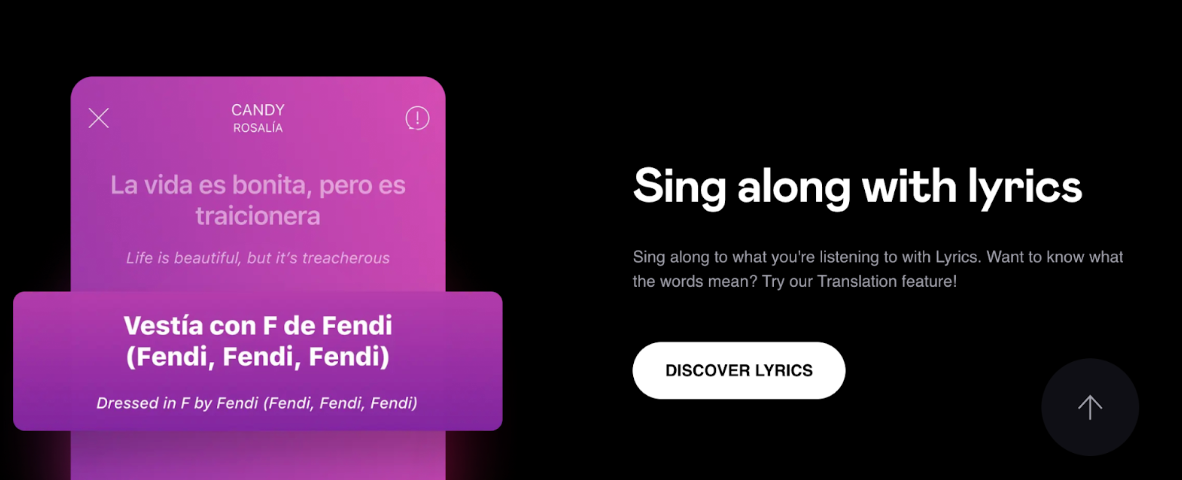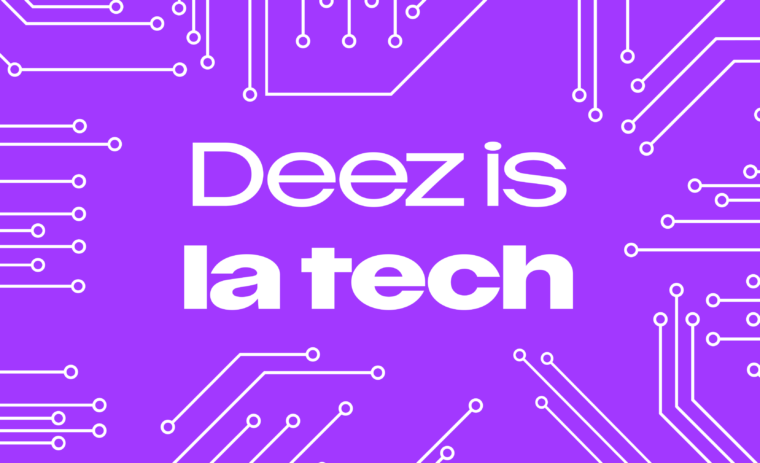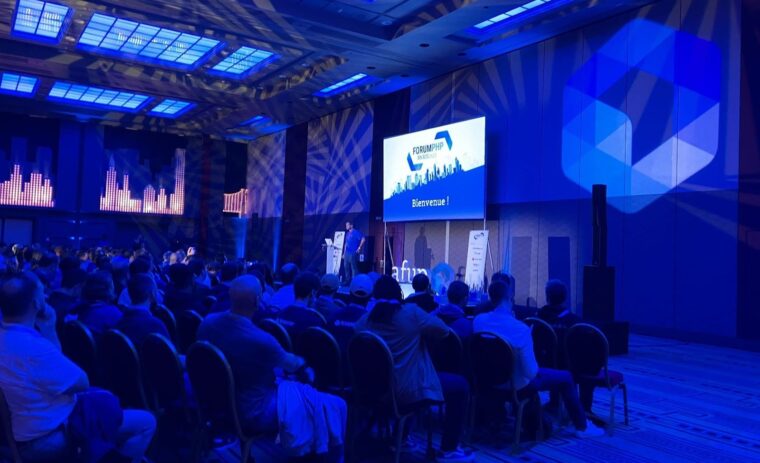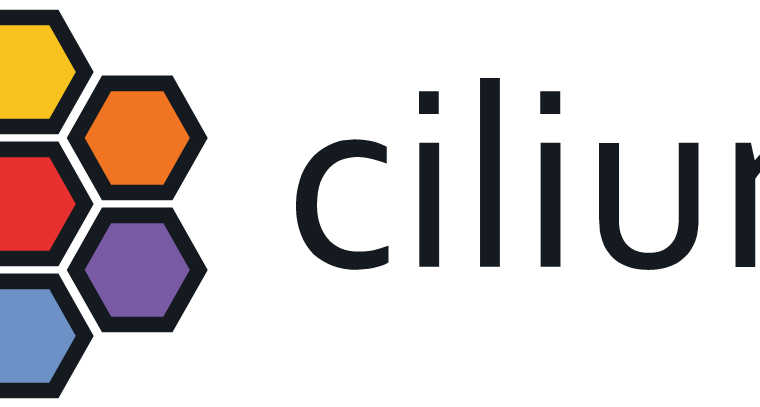In 2022, Deezer’s lyrics feature was revamped and enriched with a new translation experience. From idea to MVP, here is how it went.
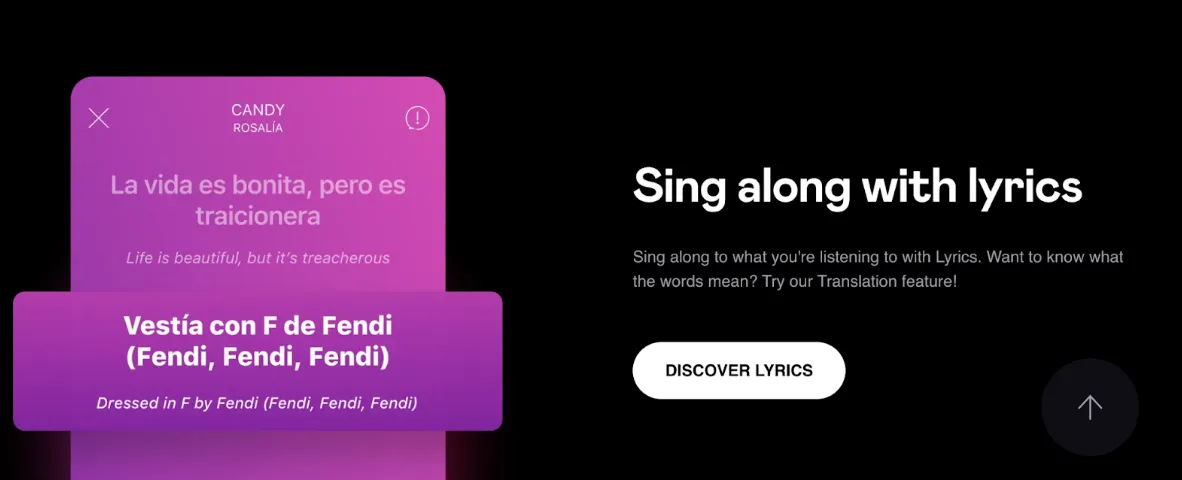
Why lyrics? Why translations?
Working at Deezer for almost 2.5 years and coming from entertainment companies (france.tv and CANAL+), I have been accustomed to what we call metadata. Metadata surrounds the content while not being the content per se, just like an artist’s image, for example. Metadata enables us to contextualize the content and use it as an additional layer to the user’s experience. Lyrics are a form of metadata, but they are special. They are so special that I call them “queens of metadata.” “Queens” because they are what makes a track yours, what makes you sing your lungs out, whether you’re having fun with friends, or whispering your favorite lines on your own. They are the additional layer that makes you feel the music. At Deezer, we have been pioneers when it comes to lyrics — we were actually the first to showcase lyrics in our product. The lyrics feature was already quite advanced at the time: accessible from the player, the synchronized text that auto-scrolls as the music goes along and users can navigate in the track by clicking on text lines; finally, users can share all or part of the lyrics on social media or private messages. The experience was not bad, yet we knew we could aim at having more impact on our users with this feature! We knew that we could go further by being even more innovative. My intuition was that we could make users more engaged, thanks to lyrics. To reach this extra mile, we already had strong quantitative and qualitative knowledge and hypotheses we needed to validate.
At the time I started working on it, the lyrics feature was used by 40% of our user base. It is a highly loved feature, and users widely express their thoughts on it. Based on user feedback, I drafted a list of priorities, which included readability and translations in particular. Readability — font size basically — for obvious usability and accessibility reasons. It was clearly about solving a known issue with a negative impact on usage — many people would complain about the font size being too small. Translation, however, was more of an opportunity. Indeed, it was not the most common feedback we got from users. Still when interviewing them, we quickly realized how deeply emotional the relationship between a user and a track could be. Lyrics are actually a tool to amplify emotions. We needed to make something out of this intangible concept, to make it concrete through a feature. Not only would it enable people to re-discover tracks they love, understand them and connect with their feelings, but it could also address some unspoken needs, such as learning new languages! It was much more qualitative than quantitative, of course, but I saw a huge opportunity there to get back to our users’ hearts with a powerful enabling feature. This was it: I had a vision for this part of the product, and I crafted it.

From idea to MVP
Based on my new vision for lyrics and digging into this opportunity, I was soon able to draft objectives and key results to measure the impact we could drive: we chose penetration rate and streams per session as leading indicators. The more I worked on the topic, the more I was convinced the maximal value would come from translations. Therefore, with a clear vision and defined OKRs, it was time for me to develop a team and stakeholders roadshow! I wanted to get the buy-in and support from Design and Tech teams but also the legal and publishing teams. In this sense, this initiative was a great opportunity for me to learn and improve my assertiveness skills — an uncovered field of product management, i.e., making sure all the people involved were with me, fully onboarded, committed, and… aligned with the vision! Given that lyrics and translations come with a lot of legal issues and constraints, I had to make sure that we were acting as one all the time.
Kicking off the design of our MVP (Minimum Viable Product), we quickly realized that adding translations would increase the need for a rework of the UI. Indeed, we were about to ask users to read two lines in two different languages at once. It is a real challenge for the eye, and we didn’t want to lose users on the way. So it was a real UI challenge for our Design team! We had the opportunity to test the first designs at a UX session, which was a great opportunity for us to validate some hypotheses and also to get an idea of what should be refined. Fun fact about this: to determine whether the text was correctly highlighted, we included a German sentence in a French translation, and nobody noticed it during the test…even though testers claimed they were happy with the way it looked!
User not noticing some lyrics are in German: “I think it’s very easy to read”
“I could use it for American rap for example, when there are difficult words”
“I would use it to understand what Coldplay’s songs are about”
“Amazing, I’m often going on Google Translate”
Strengthened by our User Research work, we were confident enough to decide what should be part of the MVP and what was unnecessary. Making prioritized decisions is the day-to-day life of a Product Manager (PM), yet it is rarely easy. I personally largely resort to the RICE methodology to do so. I made sure to inform all stakeholders and to carefully listen to all comments and doubts about the choices that were made.
The next item on the list was to work with our lyrics providers and partners: LyricFind (providing the lyrics) and MusicStory (matching lyrics with our catalog). It was really crucial for me to include them in the ideation process and to also share with them our roadmap, our needs, and our ambition. I know from experience that the quality of our experience is tied to the quality of our partnerships, of how much of their bandwidth they allocate to develop our catalog.
I also needed to make it contractual! Both LyricFind and MusicStory teams were excited to work with us on this new feature. We met several times to define together what would be the most suitable process to retrieve translations, make sure our top catalog was translated, and match translations with our tracks. In addition to the discussion about processes, it was also the perfect occasion for Tech teams to design and build the best solution possible in regards to translations in order to insert and attach translations to the right tracks in the right language.
Finally, I must mention something crucial for a new features launch success, that is too often put on the back burner by PMs: the relationship between PMs and Product Marketing Managers (PMMs). This collaboration goes far beyond the go-to-market plan and clearly needs to happen as early as the discovery phase. Why? Because discovery is as important for PMs to understand the undercover needs of users as it is for PMMs to work on the positioning of the feature. A powerful feature such as translated lyrics had a strong potential from a marketing perspective, so I wanted to work closely with the PMM in charge, even for prioritization matters so that we could set the long-term vision and ambition together.
At the end of the day, working on lyrics took us three months from conception to (iterative) deployment. More than 20 people from many different departments were involved in making it live and driving impact on millions of users!
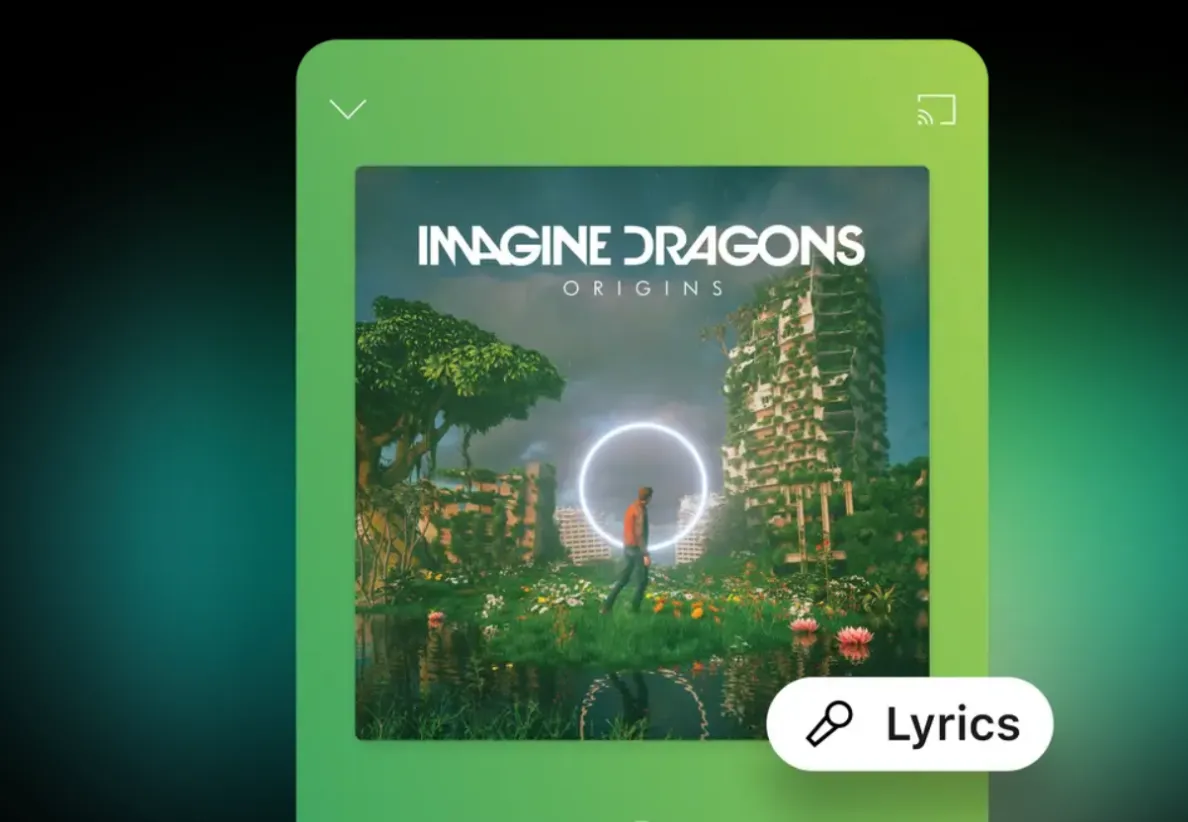
All the things I did not anticipate and…learned!
As you have probably understood by now, getting back to our users’ hearts through lyrics was a long and insightful journey! In particular, I learned three main lessons on the way that I think are worth sharing:
- Do small, think big — One of my missions at Deezer is to ensure the quality of our catalog. I wanted our translations to be the best and to be as close as possible to the original artist’s intention. This is not easy, and I decided to choose quality over quantity. So we launched the feature with 5,000 translated songs in approximately eight languages. I did anticipate the small initial amount, yet we did not know how we would proceed to make it increase over time quickly . I should have better prepared for this and brought up the contractual part of this process sooner. Today we have over two million translated songs, which covers 12% of our lyrics catalog. And it keeps growing!
- Be humble, always — What a great humility lesson! The Product Manager’s role can be split into two main activities: discovery (of the problem and of the solution) and delivery (i.e., building the feature and iterating on it). I have been working in product management for five years now, and the more I grew, the more I tended to think I mastered delivery. I was so certain of mastering it that I thought I wouldn’t have to spend too much energy on it. But that’s precisely when and where I failed. I should have been more humble. We went live with a two-week delay for a reason I could have easily foreseen and didn’t anticipate enough. What a great occasion to remind myself that brilliant PMs are always humble and question themselves, even on the things they think they can manage effortlessly.
- Don’t take anything for granted — In the music industry, anything can happen, even overnight! We need to be ready to adapt and adjust all the time. As an example, we had to withdraw 55% of our translations on a last-minute decision of one major publisher. We then entered a round of fierce negotiations and eventually got them back!
And now what?
Since the release of the translated lyrics feature, we have continued iterating on lyrics, listening to user feedback, and closely monitoring our dashboards and KRs. We have increased the engagement of the feature and of the product in general — the feature’s penetration rate just reached close to 50% of MAUs. Moreover, the number of daily lyrics displays has grown by 25% since April 2022, and average session lengths per user have increased by more than 30% since the beginning of 2022.
From a PMM perspective, the feature launch was a real success, with 164 hits in the press after the press release (on April 11th) and 211 million estimated readers! From a product perspective, we clearly had a positive impact on users’ lives, as well as on the business. Measuring the added value of emotions is not easy, yet emotional layers are what make music experiences unique and different! And the road to our user’s hearts is never over; following up on lyrics translations, there are some other major improvements we would like to make on the product, such as the availability of lyrics offline, for example.
Fancy a try? Meet the queen of metadata on Deezer!
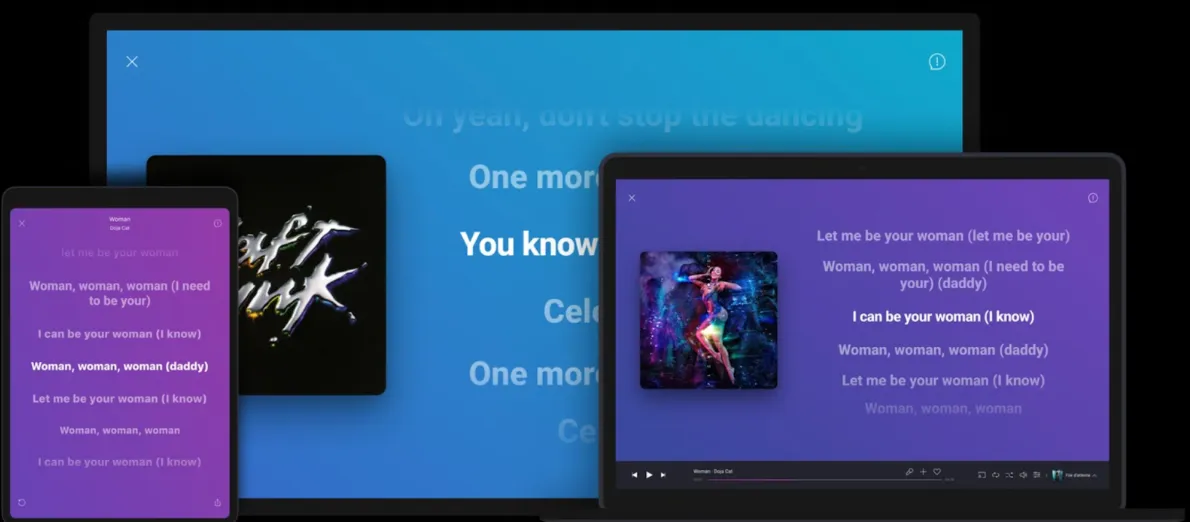
Check our open positions to join one of our teams and help us amplify the emotions of millions of users!
